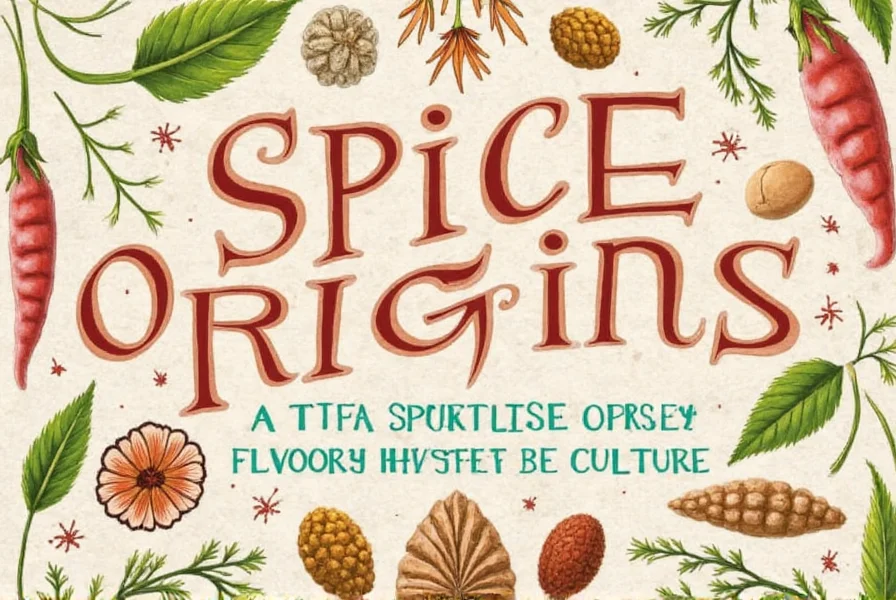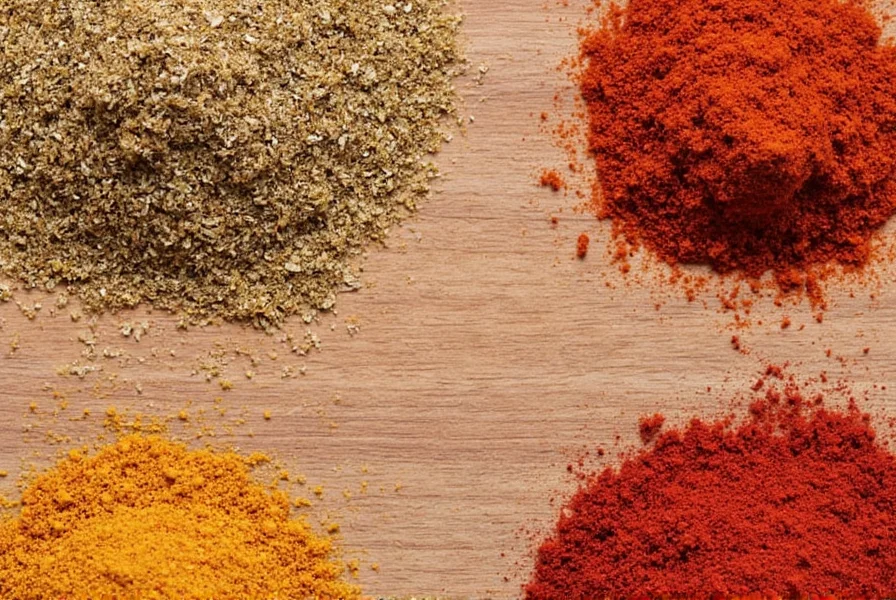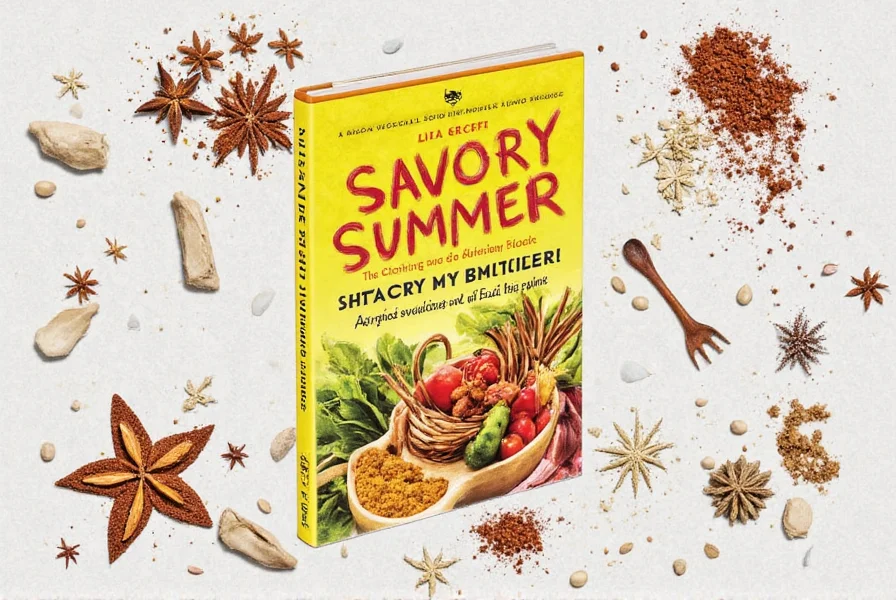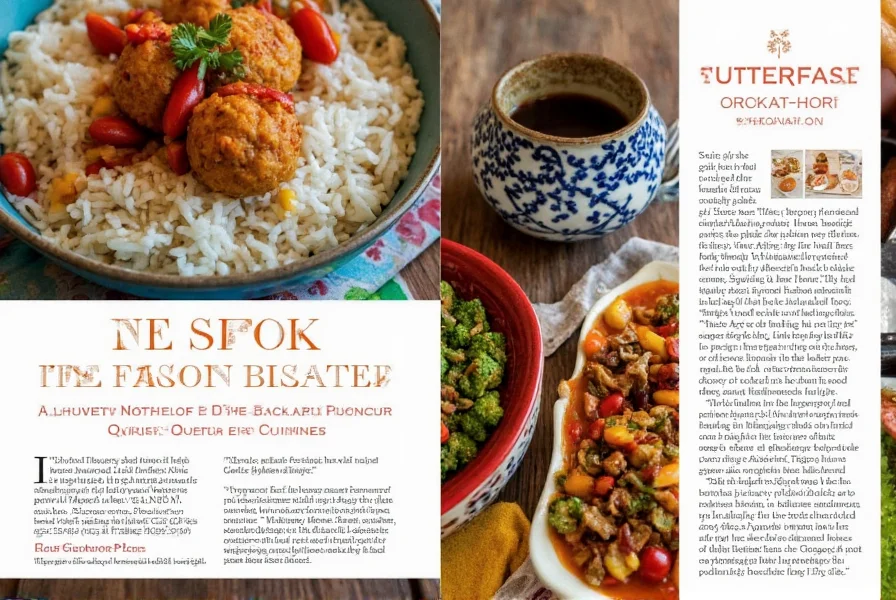Spice Up Your Plate: A Flavorful Journey Through African Cuisines
Table of Contents
Introduction to African Cuisines
African cuisines are as diverse as the continent itself, offering a rich tapestry of flavors, ingredients, and cooking techniques. From the smoky, spicy stews of West Africa to the vibrant, herb-filled dishes of North Africa, each region brings its own unique culinary identity. At the heart of these cuisines lies an impressive array of spices that define their character and flavor profile.
The use of spices in African cuisine is not just about taste—it's deeply rooted in culture, history, and tradition. Many of the spices used today have been part of African cooking for centuries, often passed down through generations. Whether you're exploring the bold heat of harissa or the earthy warmth of berbere, there’s always something new to discover in the world of African spices.

Essential Spices in African Cuisines
African cuisines are known for their complex spice blends, which can vary greatly from one region to another. Here are some of the most iconic spices and spice mixtures found across the continent:
- Cumin: A staple in many North and West African dishes, cumin adds a warm, nutty flavor that enhances stews and grilled meats.
- Coriander: Often used in both whole seed and ground form, coriander provides a citrusy, slightly sweet note to many traditional recipes.
- Paprika: Especially popular in East and Southern African cuisines, paprika brings a mild to smoky sweetness that complements grilled vegetables and meats.
- Berbere: This fiery spice blend from Ethiopia and Eritrea is a must-have for any African spice collection. It typically includes chili peppers, garlic, ginger, and various other spices.
- Harissa: A fiery paste made from chili peppers, garlic, and olive oil, harissa is widely used in North African cooking, particularly in Morocco and Tunisia.
These spices are often combined into signature blends that define regional dishes. For example, the Moroccan ras el hanout is a complex mix of up to 30 different spices, while the Zulu spice mix from South Africa offers a more straightforward but equally flavorful combination of coriander, cloves, and cinnamon.

| Spice | Region | Flavor Profile |
|---|---|---|
| Cumin | North & West Africa | Warm, nutty |
| Coriander | Across Africa | Citrusy, slightly sweet |
| Paprika | East & South Africa | Mild to smoky |
| Berbere | East Africa | Fiery, aromatic |
| Harissa | North Africa | Fiery, smoky |
Practical Tips for Cooking with African Spices
If you're new to African spices, here are some practical tips to help you make the most of them:
- Start small: Many African spices, especially those like berbere or harissa, can be quite strong. Begin with a small amount and adjust to your taste.
- Use fresh spices: Freshly ground spices offer better flavor than pre-ground ones. Consider buying whole spices and grinding them yourself.
- Pair wisely: Some spices work well together, while others can clash. For example, coriander pairs beautifully with cumin, while paprika can add depth to tomato-based sauces.
- Experiment with combinations: Don’t be afraid to try different spice blends. You might find a new favorite by mixing a bit of harissa with some smoked paprika.
- Store properly: Spices lose potency over time, so store them in airtight containers away from light and heat.
One fun way to incorporate African spices into your cooking is by using them in marinades or rubs. Try making a simple berbere rub for grilled chicken or a harissa-laced sauce for roasted vegetables. The possibilities are endless!

Buying Guide for African Spices
Whether you're shopping online or at a local market, choosing the right African spices can enhance your cooking experience. Here’s a guide to help you make informed choices:
Top Picks for African Spices
- Harissa Paste (Moroccan)
- Features: Made from red chili peppers, garlic, and olive oil, this paste has a deep, smoky flavor.
- Advantages: Adds heat and complexity to dishes without overpowering them.
- Use Cases: Perfect for stews, marinades, and as a condiment.
- Target Audience: Home cooks and food enthusiasts who enjoy bold flavors.
- Suitable Occasions: Weeknight dinners, potlucks, or special gatherings.
- Berbere Spice Mix (Ethiopian)
- Features: A fiery blend of chili peppers, garlic, ginger, and other spices.
- Advantages: Adds depth and heat to soups, stews, and roasted meats.
- Use Cases: Ideal for Ethiopian-inspired dishes like doro wat or injera.
- Target Audience: Those looking to explore Ethiopian cuisine.
- Suitable Occasions: Family dinners or cultural celebrations.
- Smoked Paprika (Spanish/Portuguese Influence)
- Features: Offers a smoky, sweet flavor that works well in many African recipes.
- Advantages: Adds a rich, savory note to grilled meats and vegetable dishes.
- Use Cases: Great for seasoning meats or enhancing tomato-based sauces.
- Target Audience: Versatile cooks who want to experiment with different flavors.
- Suitable Occasions: Barbecues, family meals, or casual dinners.
When purchasing spices, look for reputable brands that source their ingredients ethically and sustainably. If possible, buy from specialty stores or online retailers that specialize in global spices. This ensures you get high-quality products that truly reflect the authenticity of African cuisines.

Conclusion
African cuisines are a celebration of flavor, culture, and tradition. Through the use of spices, they bring out the best in every dish, creating a sensory experience that is both rich and rewarding. Whether you're a seasoned chef or a curious food lover, exploring African spices can open up a world of new tastes and cooking possibilities.
From the smoky depths of harissa to the fiery kick of berbere, each spice tells a story of the land and the people who call it home. So why not spice up your plate and embark on your own flavorful journey through African cuisines?












 浙公网安备
33010002000092号
浙公网安备
33010002000092号 浙B2-20120091-4
浙B2-20120091-4